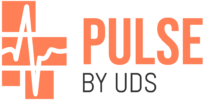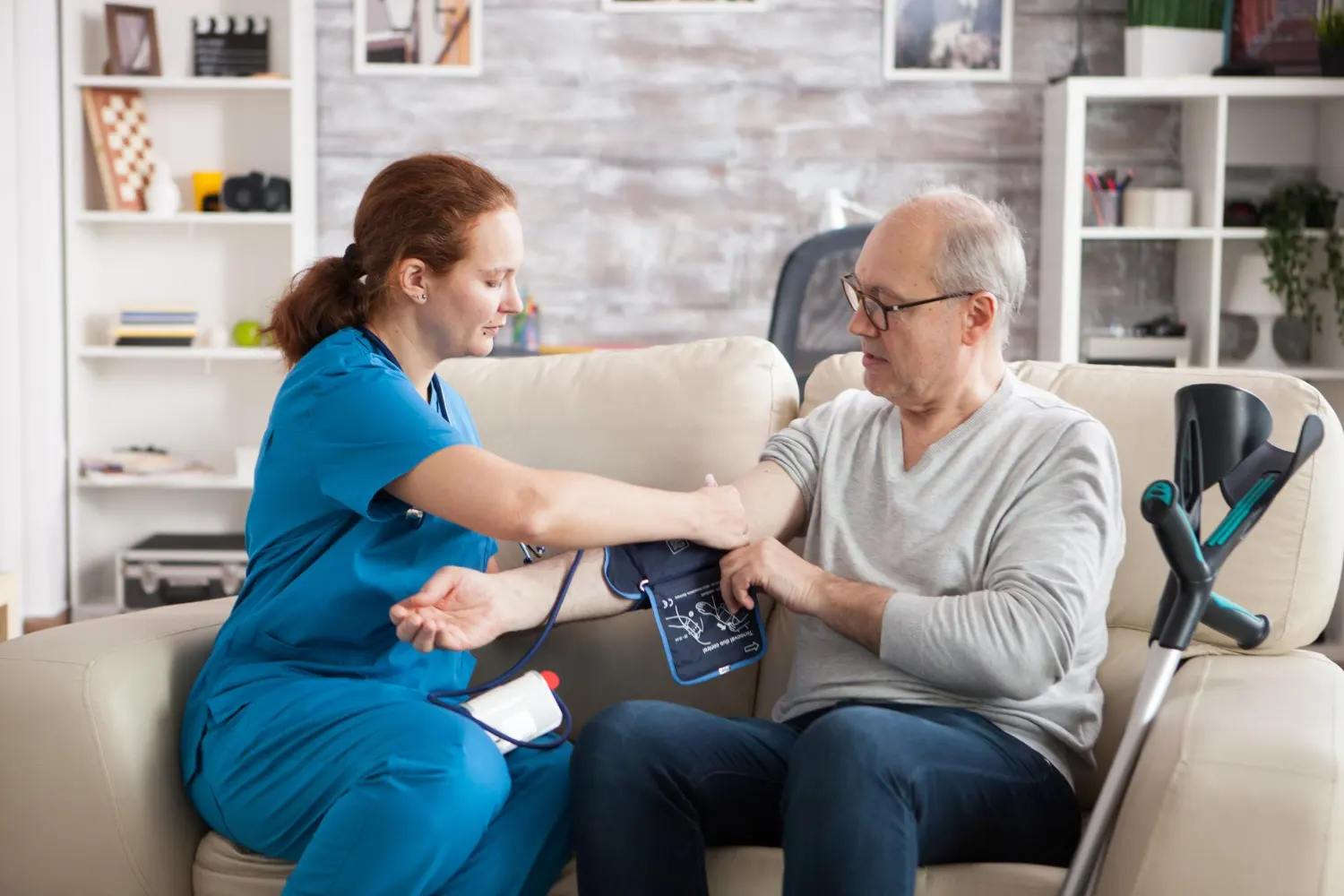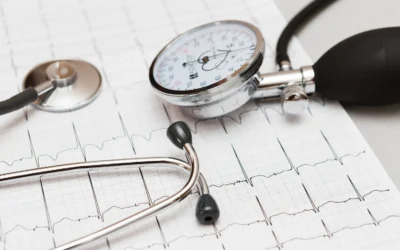Blood pressure testing is one of the most common and essential diagnostic procedures in healthcare. It serves as a critical tool for assessing cardiovascular health, identifying hypertension, and guiding treatment plans. However, despite its routine use, many people are unaware of how various factors—including improper preparation, incorrect measurement techniques, and device inaccuracies—can influence blood pressure readings. Even minor inconsistencies in measurement can lead to misdiagnosis or inappropriate treatments, impacting overall health outcomes.
Understanding the principles of blood pressure testing and ensuring accuracy are crucial for both patients and healthcare providers. This article addresses frequently asked questions about blood pressure measurement, exploring common errors, best practices for accurate readings, and the impact of emerging technologies in the field. By the end of this guide, readers will have a comprehensive understanding of how to optimize blood pressure measurements for reliable results.
In This Article
Why Is Accurate Blood Pressure Testing Measurement Important?
Blood pressure readings are used to assess an individual’s risk for heart disease, stroke, kidney disease, and other serious health conditions. Even small errors in measurement can lead to misclassification, resulting in either overdiagnosis (leading to unnecessary medication) or underdiagnosis (delaying necessary treatment). According to studies, a measurement discrepancy as small as 5 mm Hg can significantly alter a patient’s risk category and treatment plan.
Ensuring accurate readings allows healthcare providers to:
- Correctly diagnose hypertension and related conditions.
- Avoid unnecessary medication or lifestyle interventions.
- Monitor treatment effectiveness over time.
- Identify conditions such as white coat hypertension (elevated readings in a medical setting but normal at home) or masked hypertension (normal readings at the doctor’s office but elevated at home).
What Are Common Causes of Inaccurate Blood Pressure Readings?
Several factors can contribute to inaccurate blood pressure readings. These include improper technique, patient-related variables, and equipment-related issues.
Patient-Related Factors
- Recent Consumption of Food, Caffeine, or Alcohol
- Consuming caffeine, alcohol, or a large meal within 30–60 minutes before a reading can lead to temporary spikes in blood pressure.
- Physical Activity Before Measurement
- Exercising or engaging in strenuous activity right before testing can cause elevated readings. It’s recommended to rest for at least 5 minutes before measurement.
- Stress and Anxiety
- Emotional distress, including anxiety about the measurement itself (white coat syndrome), can temporarily raise blood pressure levels.
- Talking During the Measurement
- Engaging in conversation while measuring blood pressure can cause readings to be higher than normal.
- Improper Arm Positioning
- The arm should be supported at heart level. If it is too low or too high, readings may be inaccurate.
Equipment-Related Factors
- Incorrect Cuff Size
- A cuff that is too small can overestimate blood pressure, while a cuff that is too large may underestimate it. The cuff should fit snugly around the upper arm.
- Device Inaccuracy
- Not all home blood pressure monitors are clinically validated for accuracy. Always choose a validated device that meets international standards.
Technique-Related Factors
- Taking Only One Measurement
- Blood pressure fluctuates throughout the day. It is recommended to take at least two to three readings, spaced 1–2 minutes apart, and average them for accuracy.
- Rushing the Measurement Process
- Sitting for at least 5 minutes in a relaxed state before taking a reading improves reliability.
How to Ensure Accurate Blood Pressure Readings?
To improve the accuracy of blood pressure measurements, follow these best practices:
Before Measurement
| Preparation Step | Why It Matters |
|---|---|
| Avoid caffeine, alcohol, and nicotine for 30–60 minutes before testing. | These substances can cause temporary blood pressure spikes. |
| Rest for at least 5 minutes in a seated position. | Ensures that your body is in a calm state before measurement. |
| Use the bathroom beforehand. | A full bladder can raise blood pressure readings. |
| Sit with your back supported, feet flat on the floor, and legs uncrossed. | Improper posture can distort readings. |
During Measurement
| Best Practice | Impact on Accuracy |
|---|---|
| Place the cuff on a bare arm (no clothing underneath). | Clothing can interfere with pressure application. |
| Position your arm at heart level. | Ensures an accurate reading. |
| Remain silent and still during measurement. | Movement and talking can artificially raise readings. |
| Take multiple readings and average them. | Helps account for natural fluctuations. |
What Are the Different Methods of Blood Pressure Measurement?
Blood pressure can be measured using various techniques, each with advantages and limitations.
Manual (Auscultatory) Blood Pressure Measurement
- Uses a stethoscope and a sphygmomanometer.
- Considered the gold standard in clinical settings but requires skill and experience.
- Prone to human error if not done correctly.
Automated (Oscillometric) Blood Pressure Monitors
- Commonly used in both clinical and home settings.
- Eliminates observer bias and is easier for self-monitoring.
- Accuracy depends on device validation.
Ambulatory Blood Pressure Monitoring (ABPM)
- A device worn for 24 hours that records readings at regular intervals.
- Provides a comprehensive view of blood pressure fluctuations throughout the day and night.
- Ideal for diagnosing masked hypertension or white coat syndrome.
Home Blood Pressure Monitoring (HBPM)
- Allows for frequent measurements in a familiar environment.
- Reduces the impact of white coat hypertension.
- Requires proper technique and validated equipment for reliable results.
What Are the Latest Advances in Blood Pressure Measurement?
Emerging technologies are enhancing the convenience and accuracy of blood pressure monitoring:
- Wearable Blood Pressure Monitors
- Smartwatches and fitness trackers now include blood pressure sensors, though accuracy remains under review.
- Cuffless Blood Pressure Monitoring
- Optical sensors and pulse wave analysis offer new ways to measure blood pressure without traditional cuffs.
- AI-Powered Analysis
- Machine learning models help refine home blood pressure readings by accounting for user-specific variations.
While these technologies are promising, it is crucial to validate them against gold-standard methods before relying on their accuracy.
Conclusion
Accurate blood pressure measurement is essential for detecting and managing hypertension effectively. Many factors—ranging from patient preparation to equipment quality—can impact readings, leading to potential misdiagnosis and improper treatment. Understanding these variables and following best practices can significantly improve the reliability of blood pressure tests.
As technology advances, new blood pressure monitoring methods will offer greater convenience and precision. However, patients and healthcare providers must continue prioritizing validated techniques and clinically approved devices to ensure optimal cardiovascular care.
References
American Heart Association. (2024). Blood Pressure Measurement. Hypertension Facts. Retrieved from https://www.heart.org/
American Medical Association. (2023). How Blood Pressure is Measured. Journal of Hypertension Research, 10(2), 45-56.
Cleveland Clinic. (2025, March). Proper Technique for Blood Pressure Measurement. Retrieved from https://www.clevelandclinic.org/
Mancia, G., et al. (2023). The Role of Ambulatory Blood Pressure Monitoring in Hypertension Diagnosis. Journal of Hypertension, 41(3), 197-210.










0 Comments